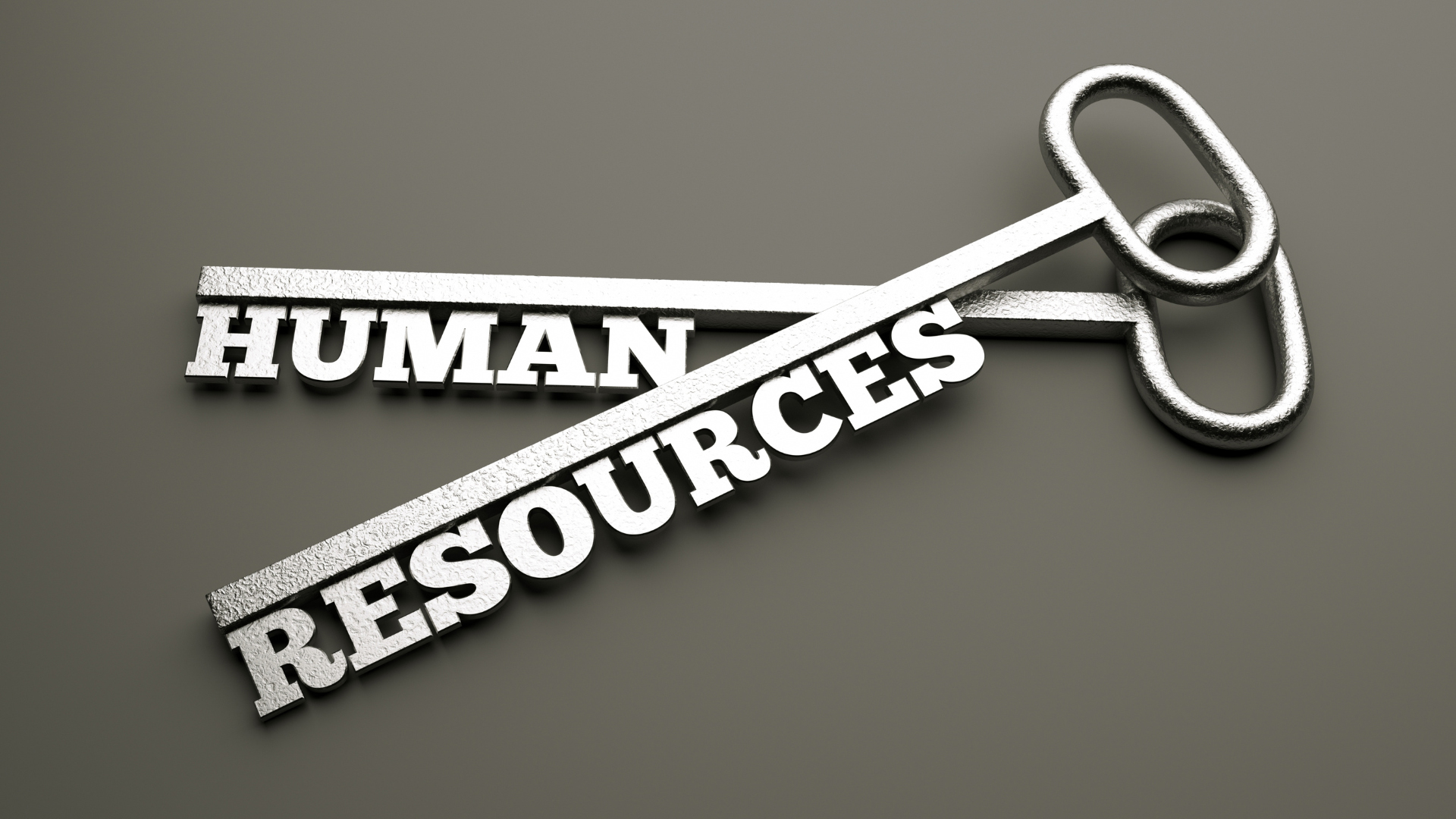Businesses are evolving, and it has become more apparent that relying on legacy systems to manage the human resource within an organization will not cut it. As a result, Enterprise Resource Planning (ERP) Systems have grown as a significant industry. These modular systems allow the integration of many sub-software. The Human Resource Management System (HRMS) and Payroll Management Systems are the most important.
Through the integration of these two systems, you can unify the departments and ensure that every system is working flawlessly with fewer chances of errors and more productivity and profit,
As businesses grow more complex, these technological benefits untangle the complexities and take care of the mundane tasks so that you can focus on the enterprise’s most important aspects.
In this article, we list the benefits of implementing an HRMS and Payroll Module in the ERP of your organization.
Making Collaboration and Information Sharing Better
The HR department is central to any business enterprise. It is the job of that department to collect data about the employees of every department.
Suppose you don’t have access to a unified system in that case. Then, think about the issues you’ll encounter while sifting through the mountainous data.
Now, think of a system that makes everything much more streamlined. A system that allows automatic data updates ensures that everyone in the department has access to the information.
That is what an integrated HR and payroll system provides. It creates a pool of information from many resources and understandably organizes them. By being a central point of access, this system allows employees to access information about their payroll, working hours deductions, and more.
As sharing information becomes more transparent, it becomes easier for employees to trust each other, enhancing team collaboration.
Updating The Employee Records Without Any Delay
One of the most significant drawbacks of the legacy system is the time it can take to update employee information. With an HR system, however, that process is more streamlined. The vast volume of data can be updated with ease, and the internal systems of the HRMS ensure that there are no duplications or incorrect information present.
And even if some mistakes happen, the auto-editing components within the system will alert the HR department to deal with the issues.
With so many integrations, not only will you be able to keep the employee database up to date, but you will also be able to spot any problems – helping you make decisions faster.
Automation Takes Care of The Mundane Tasks
The core of the HR Management system is automation. All it requires is data; all it does is report the general information to you. These tasks might seem too few to count, but if you have ever worked within the administration department, you know that these are the tasks that take most of the time.
Think of all the time you will save by not manually creating reports about the employees within the department when you have something that automatically does that for you. The importance of such a system can never be understated for an organization that seeks to grow.
An HR management system and the payroll module will help you focus on the fundamental tasks you must undertake to push your business forward.
Recruitment is Made Easy
When your organization is following the growth trajectory, and you have the backing of good employer branding, you can always expect many job applications to handle. And even if you have too many applicants, you must be fair and give equal attention to each application.
You can create a robust recruitment process with a nuanced HR management system. There are HR automated tools that automatically filter out the candidates that don’t fit the profile. It will help you focus on the most suitable individuals for your organization.
Maintaining Employee Portfolio becomes Simpler
Relevant professional information aside, there are other vital details that you can manage using the HR management system. For example, information like passports, medical cards, work permits, identity cards, and insurance will help you keep track of the well-being of your organization. Access to this information is beneficial if you must relocate your business or send your Employee overseas.
Assessing The Performance of The Employee
A good Human Resource Management System implements a combination of data and the BAR method to help with the performance appraisal of an employee. It stores the information about the employees and how they performed throughout the year.
There are ten methods within the BAR method, Critical Incidents Method, Essay method, Forced Choice listing method, MOB method, Work standard method, ranking method, Scale Rating Method, and a Multi-Rater Assessment Method. You can implement any of these to assess the Employee’s performance to check their worth within your organization.
Better Attendance Analytics
Another major factor that plays a role in the efficiency of an employee is their adherence to attendance. With the information you can get from an HR management system, you can learn about the regularity of your employees. You can combine information such as accrued leaves, punctuality, and other details to assess the Employee’s performance within your organization.
Training And Development of The Employees
Training the employees within your organization helps to know how much they already know – information you can quickly get from the HR management system. Knowing those details will help you create better training modules to fine-tune your human resource and leverage it for the growth of your organization.
Conclusion
Integrating an HRMS and Payroll Modules with your company’s ERP has become more critical than ever. Employees and their expertise are now more diversified. To leverage that expertise, you need to investigate automation solutions that give you a better picture of your human resource without putting extra effort. With an HR and Payroll management system at your side, this task will become automated.
At BHC Group, We can help identify how an HRMS and Payroll Module can be advantages to your organization. Integrating data from disparate systems and have silos of data can lead to misinformation and ultimately, hurt the organization’s bottom line.









